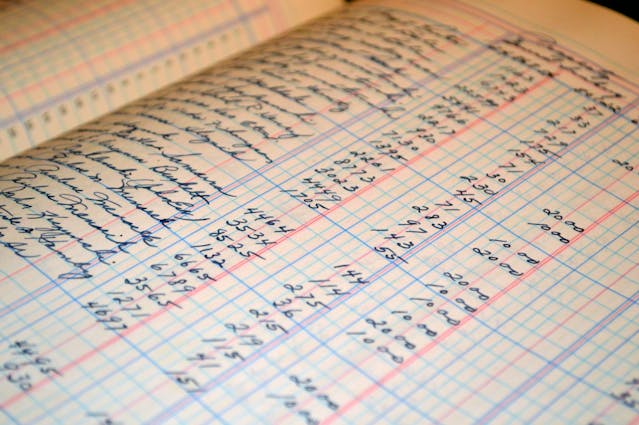Poisson distribution focuses on the number of events occurring in a specific interval (time, space, etc.)
One parameter (λ) represents the average rate of events occurring within the interval, it will be the expected value from experiment
Poisson distribution deals with discrete, non-negative values (number of cars, whole numbers)
Formula:
P(x events) = (e^(-λ) * λ^x) / x!
- P(x events) – probability of having x events occur in the interval
- e – mathematical constant or Euler’s number (approximately 2.71828)
- λ (lambda) – average rate of events
- x – number of events
- x! – factorial of x
This is also known as PDF – probability density function or probability mass function
Example:
Bakery receives an average of 5 customer per hour (λ = 5). What’s the probability of receiving exactly 3 customers in the next hour?
λ = 5 (average customers per hour)
x = 3 (number of customers we’re interested in)
P(x events) = (e^(-λ) * λ^x) / x!
P(3 events) = (e^(-5) * 5^3) / 3! = 0.201
So, 20.1% chances of 3 customers visiting in next hour
Excel formula is POISSON.DIST(3,5,FALSE) = 0.201
Cumulative density function (CDF)
P(x <=n) = e^(-λ) * Σ λ^x / x!
Here it is same as PDF but we are adding the previous values also
Excel formula is POISSON.DIST(3,5,True) = 0.265








